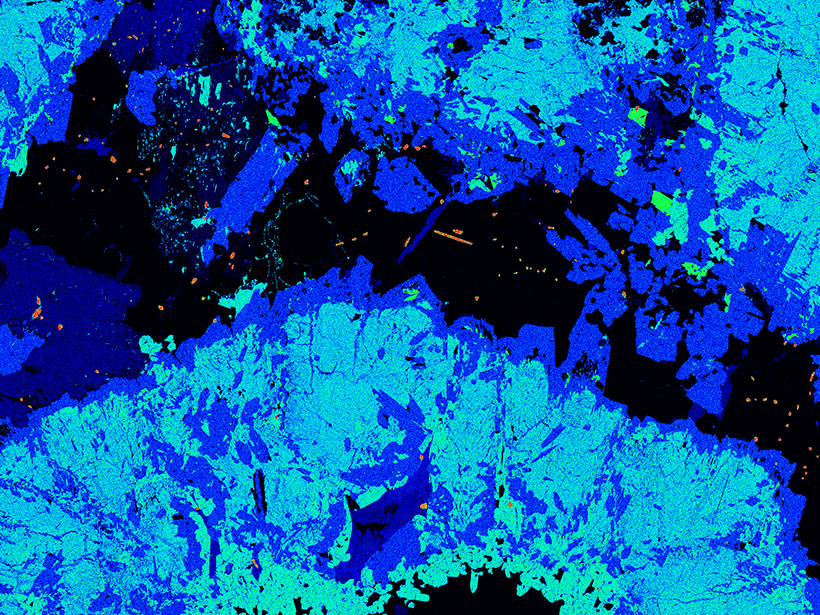The exhibit includes Buzz Aldrin's gloves and an injector plate from the rocket's first-stage engine, which was recovered from the bottom of the Atlantic Ocean.
museums
Posted inOpinions
The Broken Bridge Between Geology and Museums
For lack of funding, irreplaceable collections of mineral specimens may be lost. The Earth science community must rethink the role of museums as archives and outlets for information.


